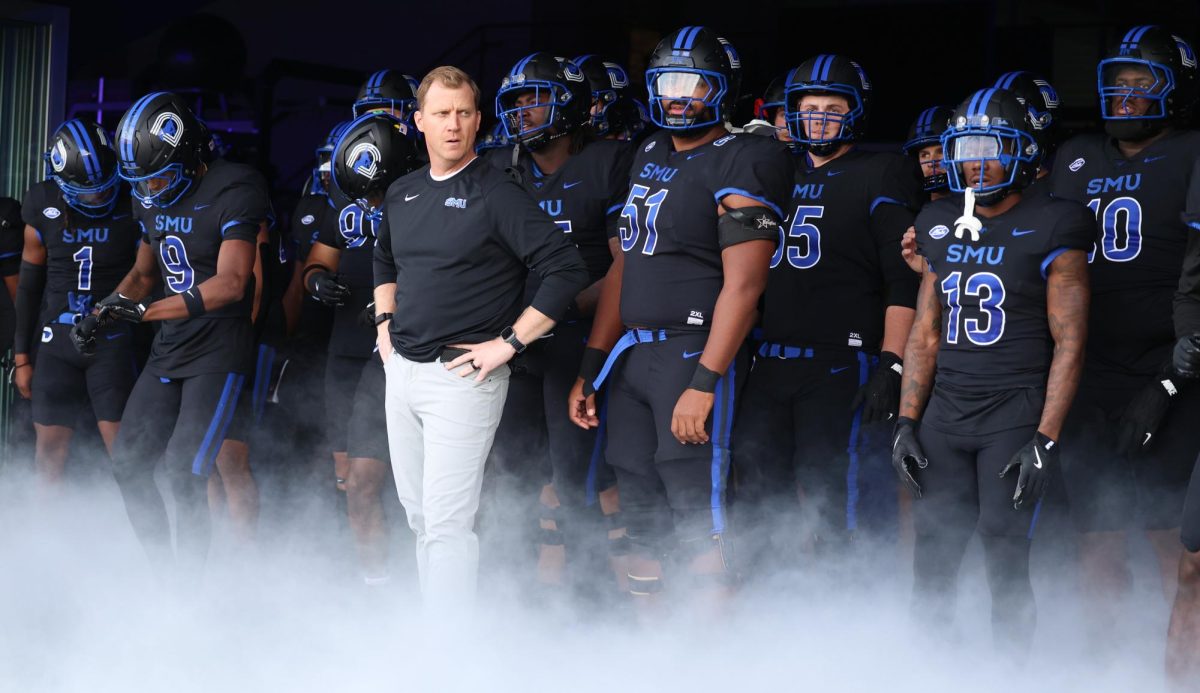The college football world was thrust into a tailspin over the summer when Texas and Oklahoma announced they would be leaving the Big 12, their current conference, for the SEC by 2025.
Following the seismic news, rumors began to circulate as to what the remaining eight schools in the conference would do. Those rumors were quelled early in September when the Big 12 announced it would be adding Brigham Young University (BYU), the University of Cincinnati, the University of Houston, and the University of Central Florida (UCF).
While the new Big 12 members rejoiced, SMU was left feeling like it got the short end of the stick. Why was SMU left out?
One big answer is money; the financial reasons for why SMU is not going to the Big 12 can be analyzed at the macro (the Big 12 conference) and micro (each remaining Big 12 school) levels.
At a recent event at The Texas Tribune Festival, Texas Tech president Lawrence Schovanec referenced a statement made by Big 12 commissioner Bob Bowlsby. In his statement, Bowlsby stated the loss of Texas and Oklahoma would cost the Big 12 millions in future TV revenue because the conference would not be as appealing.
Arguably, the four new additions will bring in more TV revenue for the Big 12 than SMU. The current Big 12 conference already has a presence in the DFW market with TCU, but does not have a presence in Utah, Greater Cincinnati, Greater Houston, or Florida.
On the micro level, the remaining Big 12 schools did not select SMU due to how it could affect their local communities. An op-ed in The Dallas Morning News states Texas and Oklahoma leaving the Big 12 “could cost the Waco, Fort Worth and Lubbock economies over $500 million per year and thousands of jobs.” Out-of-state fans from the four new schools are much more likely to visit and spend money in the three Big 12 Texas towns than fans from SMU.
While the Big 12 declined on adding SMU, the university can continue to make its name heard as conference play continues.















